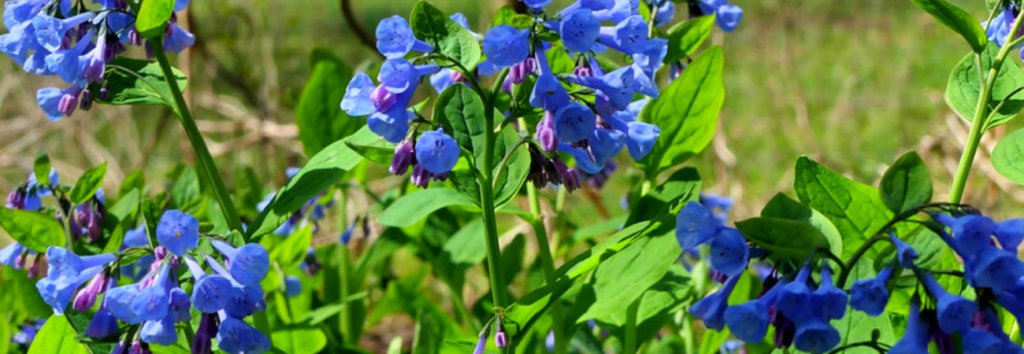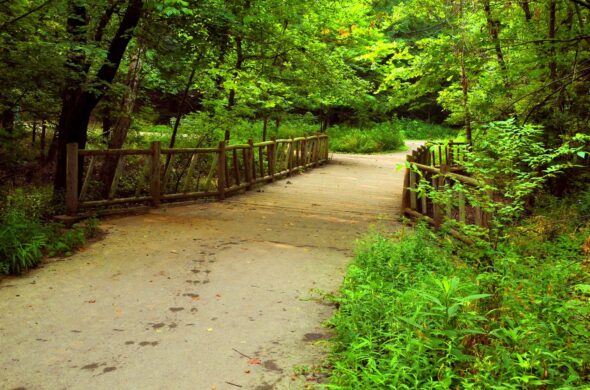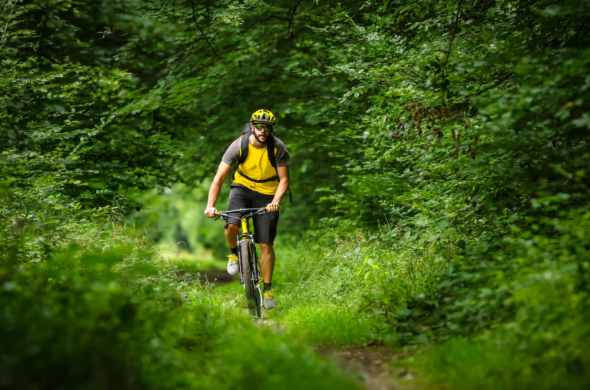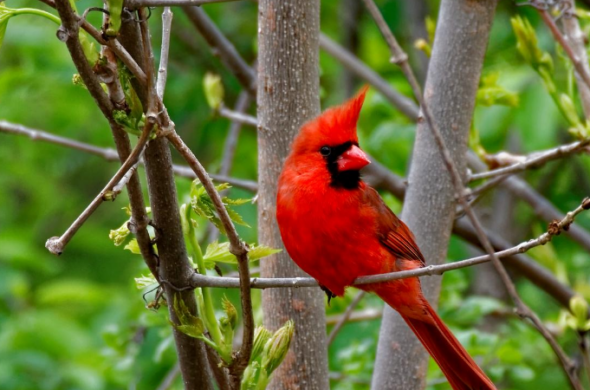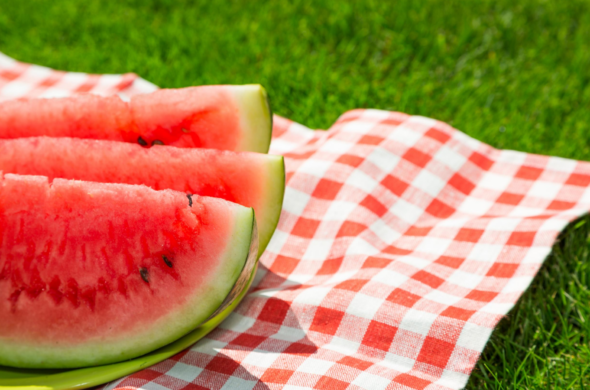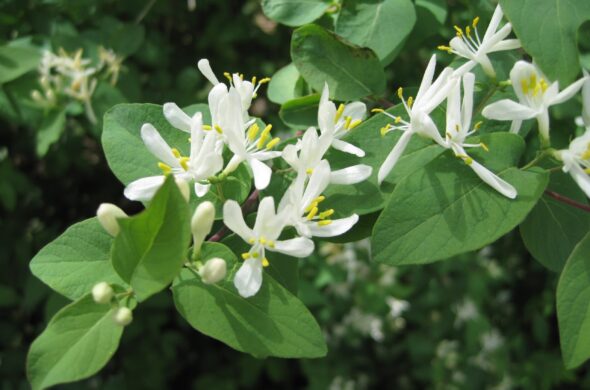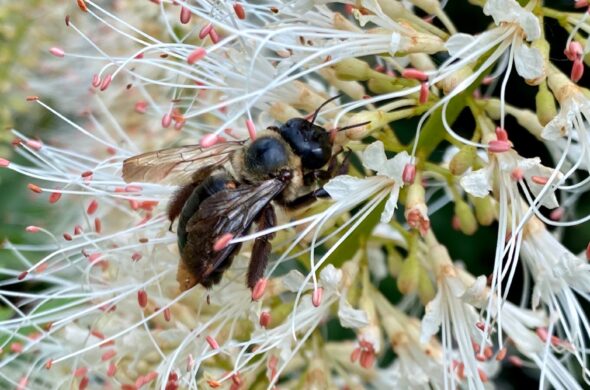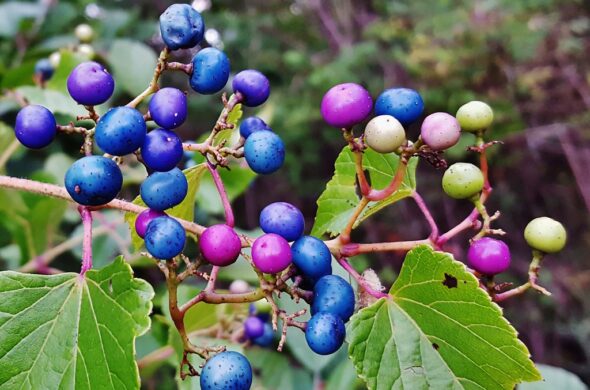What’s blooming: a guide to Spring Wildflowers in the Olmsted Parks
Spring ephemerals are native wildflowers that grow on the forest floor, completing their yearly life cycle in about two months – emerging, flowering, getting pollinated and fruiting before going dormant again.
The shady forest canopy takes over by late May, so these short-lived beauties have to make the most of these early sunny days. Some of our favorites include Virginia Bluebells, May Apples, Cutleaf Toothwort, Wild Ginger, Solomon’s Seal, Trout Lilies, Wild Hyacinth and many more. These plants are important for early pollinators like native solitary bees and many small flies.
Ephemerals are considered indicator species, only present in healthy ecosystems where our Team for Healthy Parks and many volunteers have done extensive ecological restoration. Exotic and invasive plants can outcompete these fragile wildflower communities and greatly reduce our forest biodiversity.
WILDFLOWERS
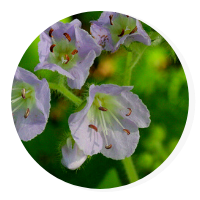 |
APPENDAGED WATERLEAF Cherokee Park: Maple Road, Wildflower Woods This native wildflower is called the appendaged waterleaf – referring to the five tiny reflexed appendages that alternate with the sepals. The blades are 3 to 8 inches long and are often mottled in shades of light and dark green with dull white flowers. You can find these beauties in moist woods, often forming extensive colonies along Beargrass Creek. They are also less commonly found in Seneca, Shawnee, and rarely in Iroquois Parks. (The Olmsted Parks of Louisville: a Botanical Field Guide) |
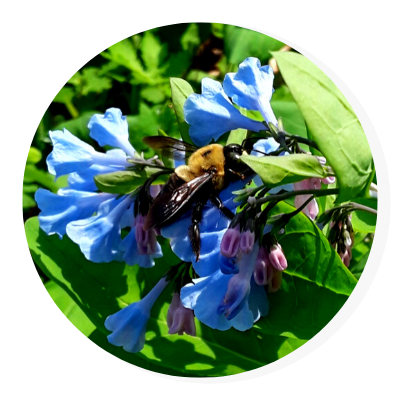 |
BLUEBELLS Cherokee Park: Baringer Spring, Bonnycastle Woods Bluebells are unmistakable bell-shaped perennial herbs. They actually spend the majority of their time underground as bulbs, emerging, often in droves, to flower from April onwards. Many insects reap the benefits of bluebells which flower earlier than many other plants. Woodland butterflies, bees and hoverflies all feed on their nectar. Bees can ‘steal’ the nectar from bluebells by biting a hole in the bottom of the flower, reaching the nectar without the need to pollinate the flower. (https://www.woodlandtrust.org.uk/trees-woods-and-wildlife/plants/wild-flowers/bluebell/) |
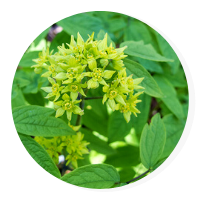 |
BLUE COHOSH Rare, found in rich moist woods possibly in Cherokee or Iroquois. The Blue Cohosh plant has been used as a medicinal herb by American Indians, and some bees visit the petals’ nectar glands early in the season. The seeds have even reportedly been used a coffee substitute. |
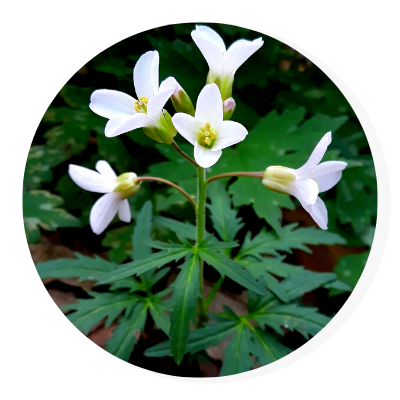 |
CUTLEAF TOOTHWART Found in almost any open woodland (Cherokee, Seneca, Iroquois) This wildflower is named toothwart because its roots, which have toothlink swellings on them, were used in folk medicine as a cure for toothaches. This flower is common in post woods in Cherokee and Iroquois. |
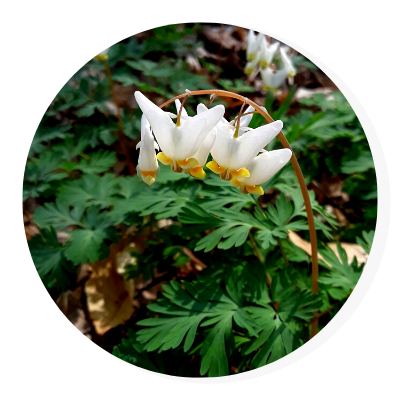 |
DUTCHMAN’S BREECHES Found in moist woods (common in Cherokee and, Iroquois) Named for the shape of its flowers – which look like white pants cinched by a yellow belt, hanging from a clothes line. The Iroquois Indians made a compound infusion from the leaves that were rubbed on the limbs of runners to strengthen their bodies. But don’t try it at home, this wildflower is poisonous – it’s genus contains an alkaloid called cucullarine. |
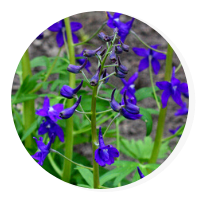 |
DWARF LARKSPUR Limestone Bluffs This family has many weedy members in addition to those that are used extensively in ornamental gardens such as monkshood, hellebores, winter aconite, buttercups, and love-in-the-mist. This rare plant is extremely poisonous to humans and animals. |
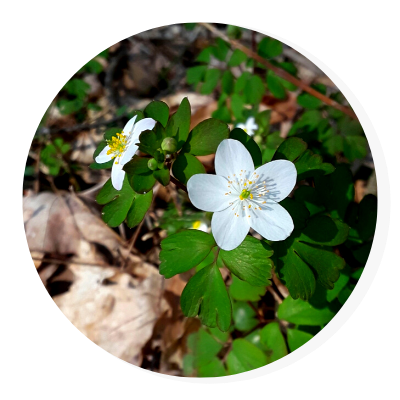 |
FALSE RUE ANEMONE Common; found in almost healthy woodlands “Rue” was a term used for several American wildflowers who leaves resembled those of the graceful, lacy, pungent European herb “Rue” which is still used in the landscape today. Just don’t confuse these guys with the Rue Anemone which typically grow near these. |
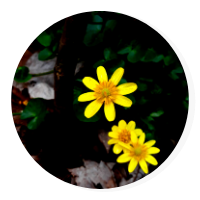 |
FIG BUTTERCUP Cherokee Park Highly invasive species. |
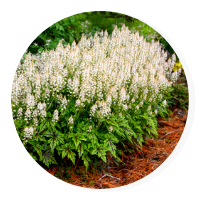 |
FOAM FLOWER Cherokee Park: Maple Road, Wildflower Woods |
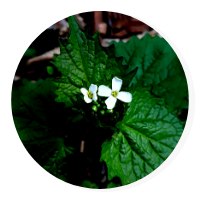 |
GARLIC MUSTARD Cherokee Park: Maple Road, Wildflower Woods Highly invasive species. |
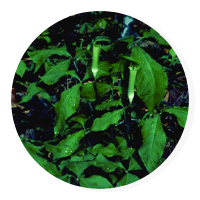 |
JACK-IN-THE-PULPIT Cherokee Park: Maple Road, Wildflower Woods |
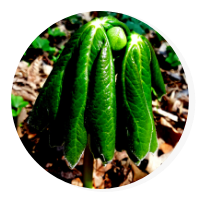 |
MAYAPPLE |
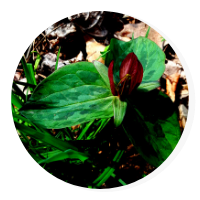 |
SESSILE TRILLIUM |
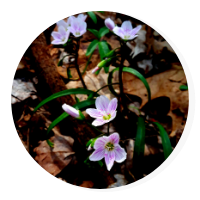 |
SPRING BEAUTY |
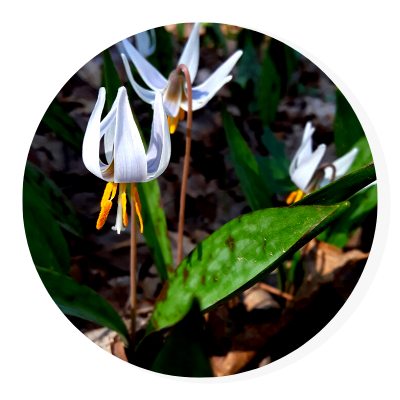 |
WHITE TROUT LILY |
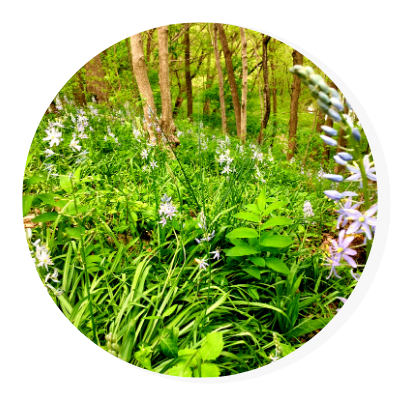 |
WILD HYACINTH (BEARGRASS) |
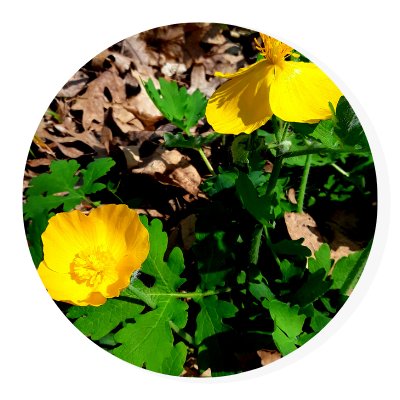 |
WOOD POPPY |
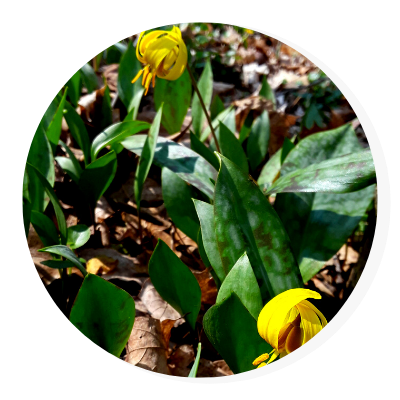 |
YELLOW FAWN LILY |
